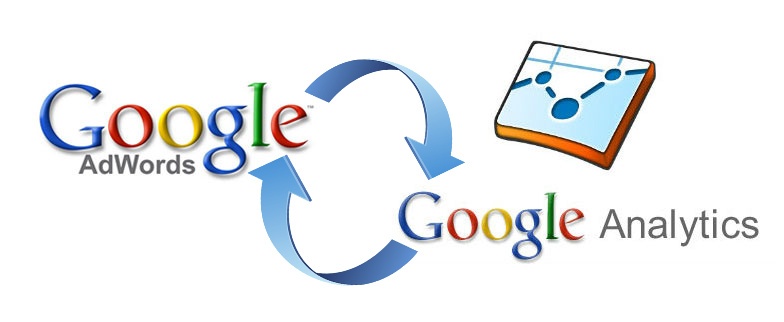In order to do so, here are some common mistakes to keep in mind when conversion tracking in Google AdWords.
Mistake #1: Setting Up Conversions that Aren’t Meaningful
When you setup what conversions to track, you want to make sure that they align with your business goals. What is important to measure? The key is to have a way to gain insight into meaningful actions that are completed on your website or landing page by visitors.
Don’t setup goals to track irrelevant activities, such as spending 2 seconds or more on your site, or visitors who are opening one specific random website page. You should be tracking actions such as someone submitting a form to download a white paper, or signing up to your newsletter, or requesting a demo.
Mistake #2: Not Linking Your AdWords Account to Your Analytics Account
When setting up your AdWords account, it’s best to link it to your Google Analytics account as well. You can setup your conversions directly in Analytics, and import them from there into AdWords. This way, you have a method to measure Conversions within Analytics as well, to monitor trends over time, and can also track what direct and indirect conversions are resulting from your AdWords campaigns. Otherwise, you’ll have a silo’d view of how your Conversions are doing just within AdWords, instead of as a part of your overall website and marketing campaigns.
This also provides flexibility and freedom as you can load on page event tracking and don’t need to add additional javascript code separately onto your website (as it’s already all done through your Google Analytics code).

Mistake #3: Tracking the Wrong Page
The most common mistake people make when first setting up their conversions in Analytics is to tag the incorrect page – adding it to the landing page where a visitor first goes, rather than on the confirmation or success page.
It’s important to ensure that you’ve added the tracking code on the final success page, where visitors are redirected to after making a purchase or submitting some type of form, if that’s the type of goal you are setting up.
Mistake #4: Not Understanding what a Conversion is Worth
Some conversions have a greater value to your business than others. While you can assign an actual dollar value to your conversions, it’s not necessary. However, it is worthwhile to have a greater understanding of what a conversion is worth, so that you can then determine the real ROI of a successful conversion from your AdWords campaigns. From there, you can calculate where it is more worthwhile to spend your monthly ad budget.

Mistake #5: Not Analyzing Conversions & Taking Action
Once you start tracking your conversions, you’ll want to make sure to analyze the resulting data, in order to make changes and improve your conversion rates. You can see what ads are performing better and leading to specific conversions, and which aren’t as effective and could be paused or revised accordingly.
Keep an eye on your conversion data, and from there you can continue to test your ads and campaigns to optimize on an ongoing basis. Stop running ads that aren’t bringing you relevant traffic and converting into leads to reach your business goals, or else continue to adjust them until they do start to convert at a desired rate.
Summary
To summarize, Common Mistakes when Conversion Tracking for Google AdWords include:
- Setting Up Conversions that aren’t Meaningful
- Not Linking your AdWords Account to your Analytics Account
- Tracking the Wrong Page
- Not Understanding what a Conversion is Worth
- Not Analyzing Conversions & Taking Action
Now that you understand more about what common mistakes to avoid when conversion tracking for Google AdWords, make sure to check out our recent blog posts covering more useful AdWords and conversion rate optimization tips.
If you liked this video, subscribe to the Umami Marketing YouTube Channel and the monthly Digital Marketing Postcard. I’ll be back again in November to answer more of your questions. See you next month!


![3 Copywriting Skills to 3x Results [Video]](https://umamimarketing.com/wp-content/uploads/2020/10/typewriter-720x341.jpg)